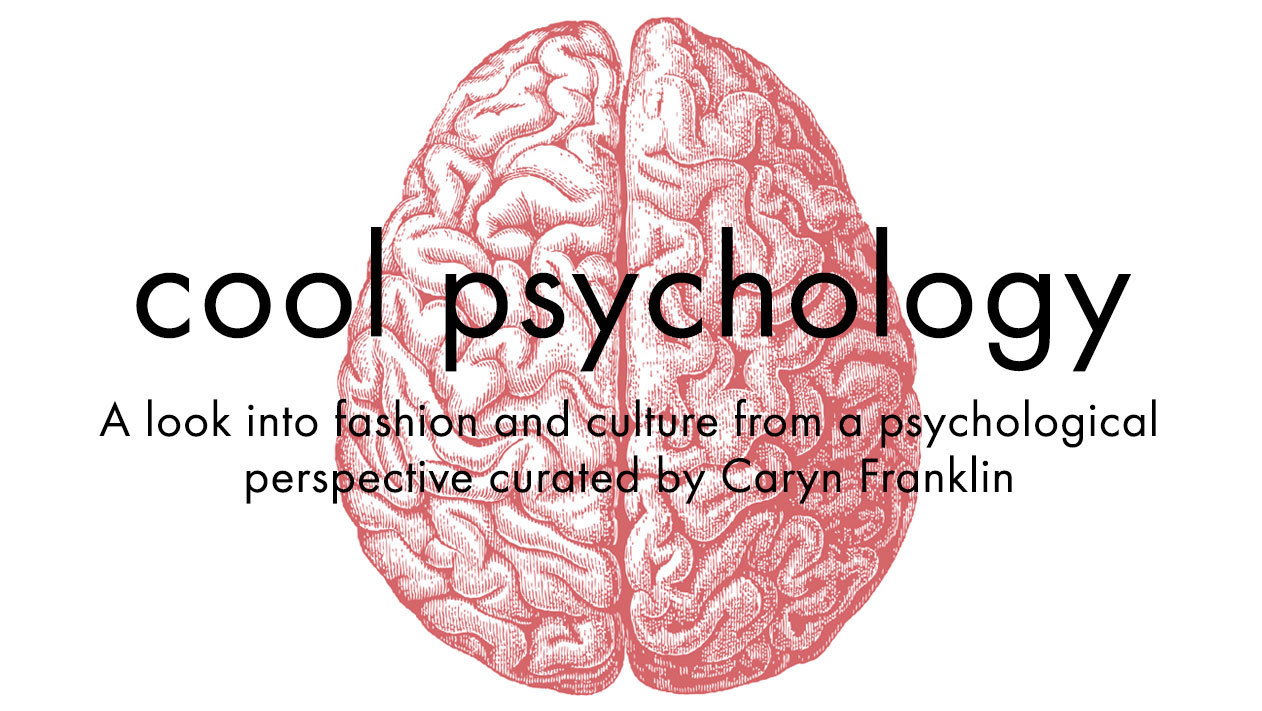Is it time to look deeper? Only you can say, but if you’ve ever pondered the workings of human behavior then this section, using tools and conversation from the world of psychology to investigate traditional i-D stories could be right up your strasse!
To our knowledge there is not yet a high-profile platform for dissection of fashion and culture from a psychological perspective but i-D — always ahead of the curve, is already working with the first freshly graduated psychology thinkers from the new and unique masters course for Applied Psychology in Fashion, run by Dr Caroline Mair at London College of Fashion.
Fashion can and must acknowledge its power to shape ideas, culture and minds, so what to kick off with? That’s easy.
Nearly 30 years ago this magazine published an image of a Black Superman, in a fashion shoot celebrating comic book style alluding to a lack of black representation amongst superhero culture at the same time (I know this because I styled it: Heroes and Sheroes issue no 44.) Fast forward to a raft of Film Awards ceremonies including the 2016 Baftas where campaigners picketed to protest the very lack of racial diversity we highlighted all those years ago, and it feels like we’ve covered very little ground.
In other areas, news reporters recently noted the breakthrough addition of racing driver Sabine Schmitz to the Top Gear line-up, marking the lone female presence as a BIG DEAL and nearly 100 years after Nancy Astor took her seat in as the first woman in Parliament, female MP’s are still lobbying for visibility and representation.
Diversity issues are so very now and despite the work of Baroness Oona King and Lenny Henry in Television Broadcast, things are moving very slowly.
Our Cool Psychologist this month is Professor Richard Crisp who looks at the brain’s struggle to think outside the box and discusses findings from his studies that support higher levels of creative thinking where there is diversity. Put simply this means we can be better together when we are different.
Racism and all other isms are biases can also be explored when we learn how our brain engages with diversity. It’s a delicious word…DIVERSITY and although now the watchword for many corporations and institutions Crisp reveals there is a key activity we must observe if we are to have progress.
And all at i-D are definitely mustered for progress. The story of Andrew Moffat an assistant head teacher teaching tolerance for homosexuality in a largely Islamic school, whilst being upfront about his own gay identity which has the support of Muslim parents, is an excellent example of human behavior confounding bias.
Meanwhile a large poster on the office wall demanding IDRIS ELBA for JAMES BOND NOW is testament to the fact that not all of us find it difficult to think outside the box.
READ Messy Concepts: The Challenge Of Diversity
READ Gender, Social Media, and Race: Where Next For Fashion?
Caryn Franklin is former Director of the Fashion Diversity Initiative: All Walks Beyond the Catwalk. She is now Professor of Diversity at the faculty of Art design and Architecture at Kingston University.
Credits
Text Caryn Franklin
